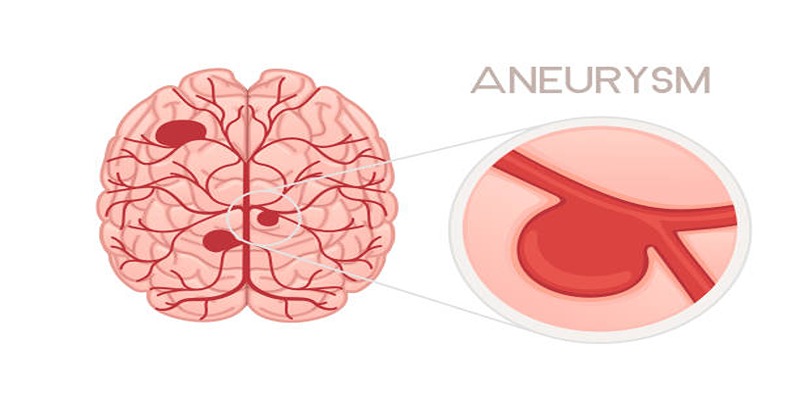Treadmill interval training is among the most effective and easily available techniques for burning calories and improving cardiovascular health. Intervals shift between high-intensity bursts and recuperation periods rather than running at a consistent pace over long stretches. Through the afterburn effect—also known as EPOC—also known as Excess Post-Exercise Oxygen Consumption—this approach raises your heart rate, helping you burn more calories during and after the exercise. Intervals provide a rapid and effective way for those pressed for time to maximise outcomes in the least amount of time.

How Intervals Increase Calorie Burn and Fat Loss
Interval treadmill exercise burns calories and lowers body fat much more quickly than steady-state cardio. Your body uses saved glycogen and strains your cardiovascular system to its capacity during high-intensity bursts. It then changes to run on fat during the lower-intensity recovery intervals. This alternating process maintains your metabolism high even beyond the conclusion of the exercise, which increases overall calorie burn over time.
This phenomenon—known as the afterburn effect—means your body keeps burning calories for hours after a workout. It also encourages hormonal changes, including growth hormone rises, which help keep muscle while fat is eliminated. These benefits make treadmill intervals perfect for individuals trying to drop weight without compromising lean muscle. Interval training may also break through weight-loss plateaus by always pushing your body in fresh and exciting ways.
Perfect Treadmill Interval Routine Design
An efficient treadmill interval exercise consists of alternately active recuperation and moments of great exertion. A simple yet efficient routine for twenty minutes may call for a 5-minute warm-up followed by Thirty seconds of running and ninety seconds of walking repeated.The trick is to find the perfect balance of effort and recovery to push your limits without overdoing. To suit your degree of fitness, change pace, inclination, or length of time; then, progressively raise the challenge.
Your interval workout's organisation should mirror your objectives. Longer intervals at modest intensity are best for endurance and fat burning. Shorter bursts at greater intensity with shorter recovery help speed and power. Stretching and a cool-down at the program's conclusion help avoid injury and encourage healing. Combining interval forms guarantees ongoing improvement towards your fitness objectives, works many muscle groups, and keeps the exercises interesting.
Beyond the Scale: Heart, Lungs, and More
Treadmill interval exercise greatly improves your respiratory and cardiovascular condition, not just burns calories. Regular elevation and heart rate lowering help improve lung capacity, circulation, and heart function. This reduces resting heart rate and blood pressure over time, lowering the risk of heart disease. Including only 20 to 30 minutes of intervals several times a week would significantly raise general health indicators for those with inactive lifestyles.
Moreover, this training increases VO2 max—your body's capacity for effective oxygen consumption during exercise. Better stamina, quicker recovery, and more endurance in physical activity depend on a higher VO2 max. These inner developments help to ease everyday chores and generally lower overall tiredness. Whether your objectives are merely improved health or sports performance, interval training provides quantifiable cardiovascular and respiratory advantages far beyond the treadmill.
Making Intervals Work for Any Degree of Fitness
The flexibility of treadmill interval training is its charm. Beginning with vigorous walking combined with slower-paced intervals, including walking at an inclination followed by flat recuperation, beginners may. Your fitness will let you progressively raise the tempo or incline, cut the rest times, or extend the intervals. Since you run every part of the treadmill, you may customise the program to fit your specific demands and advance at your speed.
Interval training for experienced users could include sprinting, high-incline power walks, or resistance-oriented runs. Customised interval ratios, like 1:1 work-to-rest instead of 1:3, or hill sprints, allow one to scale the intensity. This guarantees challenges and ongoing improvement even for top athletes. Whatever your starting position, interval training fits you where you are and develops with your ability, therefore ensuring a long-term and sustainable component of your exercise program.
Preventing Burnout and Injury During High-Intensity Exercise
Although treadmill intervals are efficient, it's important to approach them with appropriate awareness and preparation to prevent overtraining and injury. Warming up is crucial as straight sprinting may tear ligaments and muscles. Beginning with a vigorous warm-up or a 5-minute leisurely jog helps your body be ready for the heavy activity ahead. Likewise, gentle walking and stretching help calm down and restore muscular length, lowering pain after exercise.
Your body will tell you daily that a high-intensity workout is not advisable. Two to four interval workouts a week, with rest days or lower-intensity exercises, give your body time to heal and become stronger. If you feel tired, lightheaded, or have joint discomfort, you would be better off decreasing intensity or seeing a fitness specialist. Smart training and appropriate recuperation allow you to maximise interval advantages without endangering your health or safety.
Maintaining Inspiredness and Monitoring Development
Any exercise program works best when it is consistent. Hence, treadmill intervals provide an interesting approach to keep motivated. Unlike boring steady-state exercise, intervals vary often to keep your body and brain busy. Mini challenges may include cutting time off your recuperation or raising your sprint pace every two weeks. Apps, smartwatches, or treadmill monitors may measure distance travelled, calories burnt, and heart rate, offering concrete evidence of your development.
Having particular objectives also keeps one motivated. Whether your objectives include running faster, lowering a certain weight, or just finishing your first month of intervals, well-defined goals give your exercises direction and meaning. Combining treadmill intervals with your preferred podcast or music will make it an interesting and motivating practice. Better stamina, greater energy, and fat loss—as you start to see—you will naturally be motivated to keep on and go even further.

Conclusion
Treadmill interval training is among the quickest and most efficient ways to burn calories, shed fat, and increase endurance. Short bursts of activity followed by recuperation intervals help you improve your metabolism, boost cardiovascular health, and show effects in less time. Whether you are a novice or an experienced athlete, interval training's flexibility guarantees it can be tailored to your objectives and present degree of performance.
The way treadmill intervals blend difficulty with efficiency makes them very effective. A few times a week, in only 20 to 30 minutes, you may significantly advance your health and fitness path. Treadmill interval training may change your workouts and provide long-lasting effects with regularity, appropriate recuperation, and an eye towards improvement. One interval at a time, lace your trainers, go on the treadmill, and start torching those calories.












